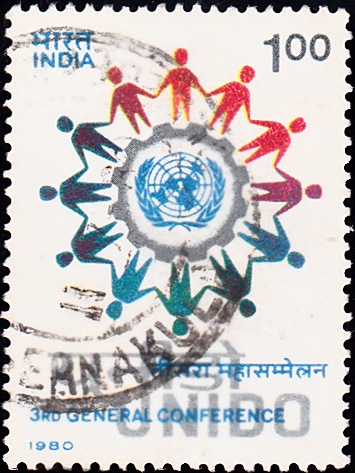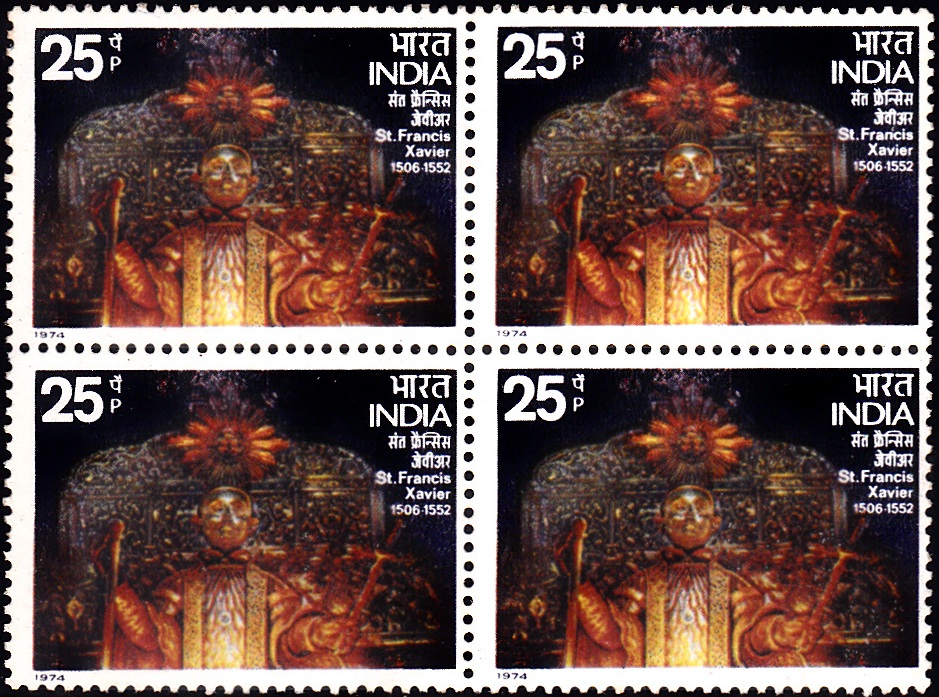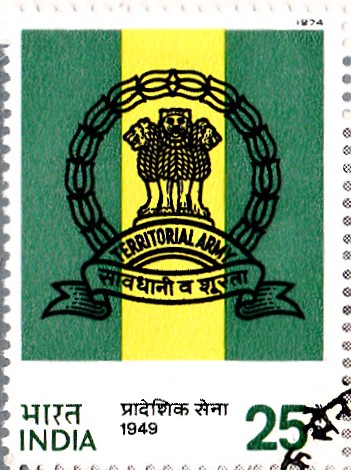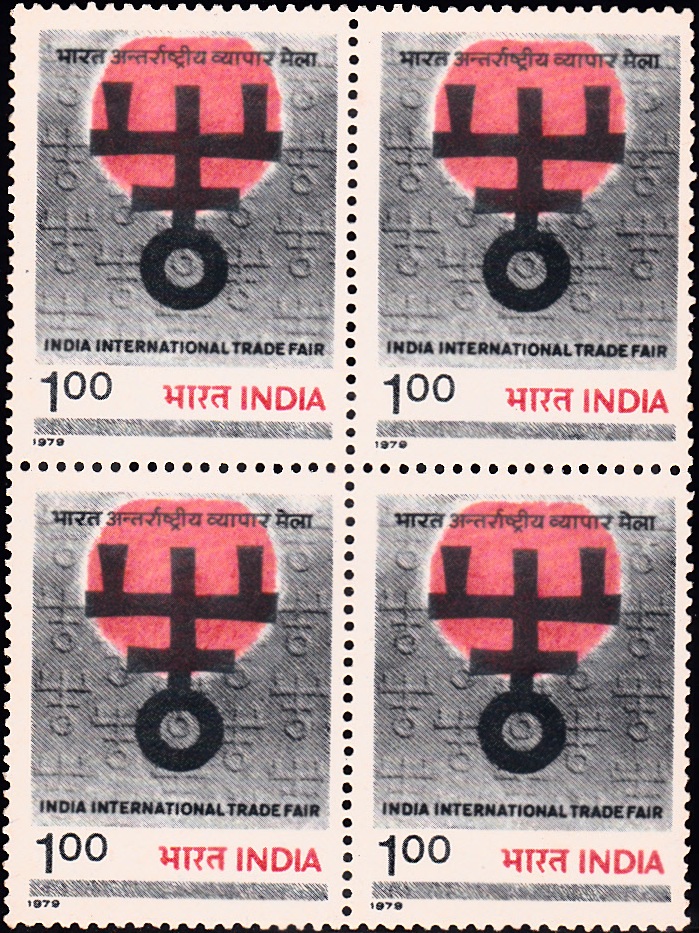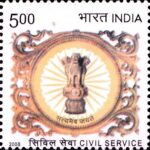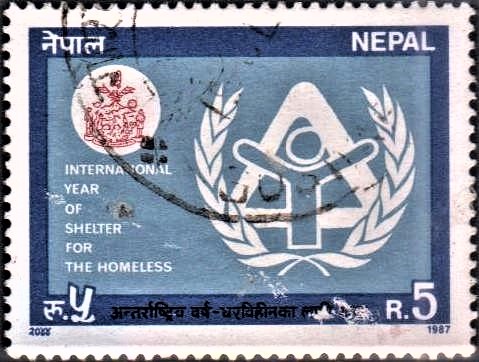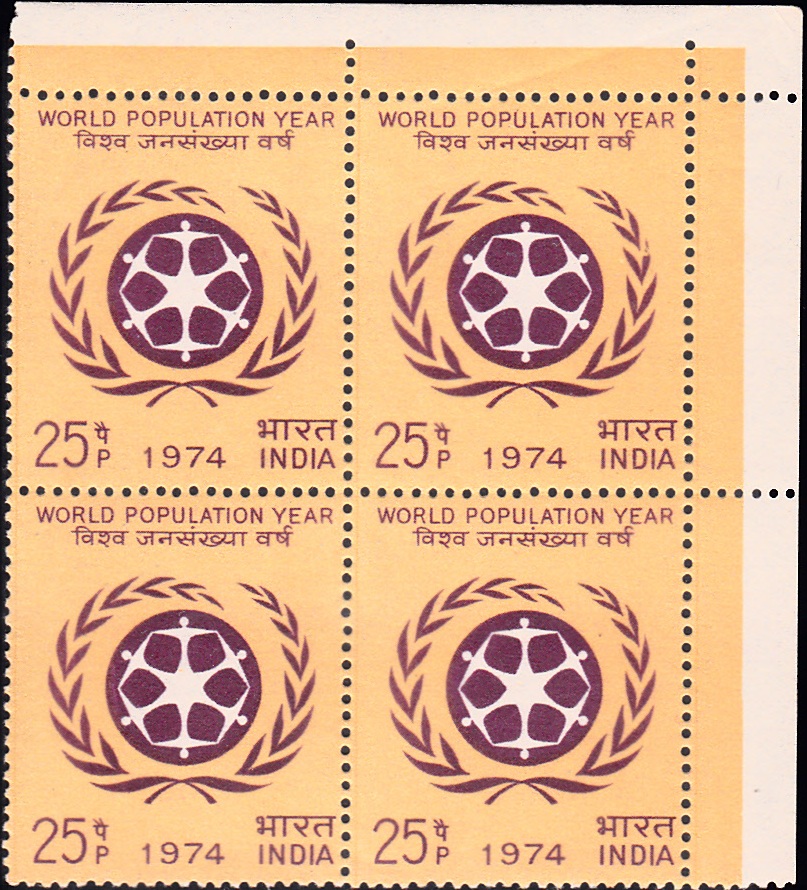
India on World Population Year 1974
A commemorative postage stamp on World Population Year, observed by United Nations in 1974 :
Issued on Aug 14, 1974
Issued for : The P & T Department deems it a privilege to bring out a postage stamp on this occasion thereby highlighting the efforts of the World Community towards achieving a better quality of life for man.
Description of Design : The stamp design is vertical and depicts the United Nations Emblem for the World Population Year 1974.
Type : Block of 4 Stamps, Mint Condition
Colour : Buff and Red Purple
Denomination : 25 Paise
Overall Size : 3.34 X 2.88 cms.
Printing Size : 2.987 X 2.524 cms.
Perforation : 14 x 13½
Paper : unwatermarked adhesive stamp paper
Number Printed : 30,00,000
Number per issue sheet :42
Printing Process : Photogravure
Designed and Printed at : India Security Press
About :
- In its resolution 2683 (XXV) adopted on December 11, 1970, the United Nations General Assembly designated ‘1974‘ as World Population Year. The main objectives of the year were defined as –
- (a) improved knowledge of and information on population trends and prospects and associated factors;
- (b) sharpened awareness of population problems and their social and economic implications;
- (c) effective education on population, family life and reproductive functions through formal and other educational systems;
- (d) adoption and elaboration of population policies; and
- (e) expansion of international technical assistance to those countries which desire it and in accordance with their needs.
- This is an year of commitment of the world community to work towards ensuring a better quality of life for man. The focal point of the observance of the World Population Year is the World Population Conference that is being convened by the United Nations at Bucharest, Romania in August 1974 at which it is expected that a World Population Plan of Action will be adopted by the participating nations.
- India‘s population, 548 million at the 1971 Census, constituted about a seventh of the World population. India was among the earliest to recognise the population factor as an important variable of socio-economic development and adopted family planning as a national policy as early as 1952. Family Planning is one of the many instruments that are to be used in the massive assault on the citadels of poverty. A target of reduction of birth rate from its present level of about 35.5 per 1000 population to 30 by the end of the Fifth Plan in 1979 had been aimed at. This would require tremendous effort. The total number of couples in the reproductive age group that should adopt family planning would have to go up to about 40 million in five years’ time from the then level of about 17 million.
- The occasion of the World Population Year was utilised in India for a greater involvement of all sections of the people in the National Programme of Family Planning. A series of seminars were planned in which voluntary organisations, village panchayats, employers and labour organisations, academic community, etc. will participate. State Governments was also developing suitable programmes for the observance of the World Population Year.



